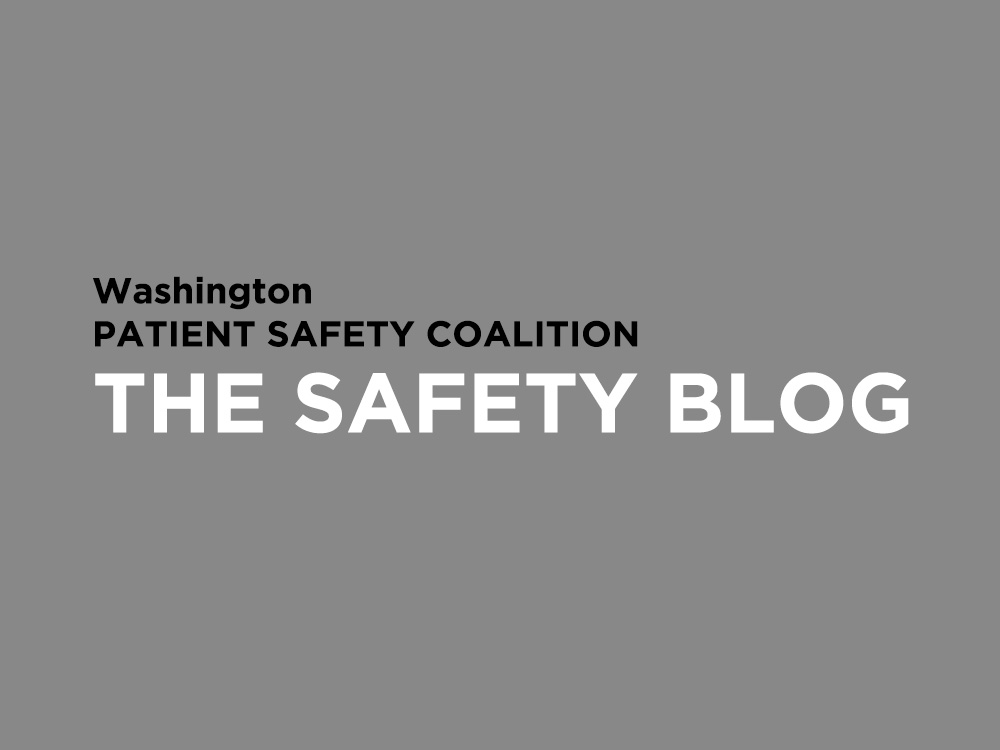- FHCQ Foundation for Health Care Quality
- COAP Care Outcomes Assessment Program
- Spine COAP Care Outcomes Assessment Program
- SCOAP Care Outcomes Assessment Program
- OBCOAP Care Outcomes Assessment Program
- CBDR
- Smooth Transitions
- WPSC Patient Safety Coalition
- Bree Collaborative Bree Collaborative
- Health Equity Health Equity
- Admin Simp
- Contact Us
A Safety Issue: The Problem of Overdiagnosis

A Safety Issue: The Problem of Overdiagnosis
by Dr. Randal Moseley
Medical Director of Quality, Confluence Health
The problem of overdiagnosis has been gaining attention in both medical and lay literature. Overdiagnosis occurs when testing determines that something is truly abnormal, but this discovery does not result in benefit for the patient. This is not to be confused with misdiagnosis, which is making an incorrect diagnosis. At best, overdiagnosis harms only the pocketbook. At worst, it may result in harm to patients through the risks of unneeded treatment.
Ironically, overdiagnosis is largely the result of more sophisticated and sensitive diagnostic tests. For example, the introduction of CT scan angiography in 1998 for detection of pulmonary emboli (blood clots to the lung) was a big leap in our ability to diagnose this sometimes fatal condition. This technique detects 80 per cent more clots than the nuclear medicine scanning method it replaced. However, death from pulmonary embolism changed very little following widespread adoption of the CT method. This suggests that most of the additional clots found were not harmful and did not require treatment. Unfortunately, this diagnostic improvement was not accompanied by improved knowledge regarding which clots need treatment and which do not. Since pulmonary embolism is a potentially fatal condition, usual practice is to treat all clots found. Treatment of this condition uses potentially dangerous anticoagulant medications (blood thinners), so it may be that more harm than good was accomplished as a result of this diagnostic advancement.
Overdiagnosis may be the most important yet least understood consequence of widespread screening tests for the healthy population. More disturbingly, the magnitude of this problem is uncertain. This is particularly an issue with cancer screening tests, such as PSA testing for prostate cancer and screening mammograms for breast cancer. Although it may seem strange, some cancers found by screening tests will never cause any health problems in the future. Like the blood clot problem, we are often not able to distinguish these harmless cancers from those that are dangerous. So, usual practice is to treat all cancers discovered. Overdiagnosis has not received the attention it should when screening tests are first studied before approval for general use. In reviewing research studies where screening methods for cancer were tested, only seven per cent of the studies were found to properly address this harm of screening. Potential harms of overdiagnosis are rarely included in information given to patients who are candidates for cancer screening tests, and most patients are unaware of this risk.
Solving this problem will not be simple. It needs to start with routine assessment of potential overdiagnosis harms when new diagnostic tests are studied, especially tests for screening in the healthy population. Methods need to be developed to better distinguish between harmless and harmful findings. When discussing screening tests with patients, explaining these risks and providing effective educational material should become routine. Focusing screening on patients identified as having higher risk for disease can also help; risk assessment should become part of the screening process. The general movement towards more personalized health care and growing support for informed shared decision making will positively affect this as well. In the meantime, all patients and healthcare providers should understand the pitfalls of overdiagnosis and include that understanding in medical decision making.
Comments? Contact us.
Sources:
Wiener R, Schwartz L, Woloshin S. When a Test is Too Good: How CT Pulmonary Angiograms Find Pulmonary Emboli That Do Not Need to Be Found. BMJ. 2013 Jul 02;347
Heleno B, Thomsen MF, Rodrigues DS, Jorgensen KJ, Brodersen J. Quantification of Harms in Cancer Screening Trials: Literature Review. BMJ. 2013 Sep 16;347
Elmore J, Fletcher S. Overdiagnosis in Breast Cancer Screening: Time to Tackle an Underappreciated Harm. Ann Intern Med. 2012;156:536-537.
Recent Posts
- Advancing Patient Safety with Communication and Resolution Programs
- TakeCharge This Patient Safety Awareness Week: 5 Steps to Safer Healthcare
- Stigma & Bias in Healthcare: The Obstacles, Consequences and Changes Needed
- Agility in Crisis: How The Everett Clinic responded to COVID-19
- Collaboration over Competition: How Pediatric Hospitals Can Thrive When They Work Together

